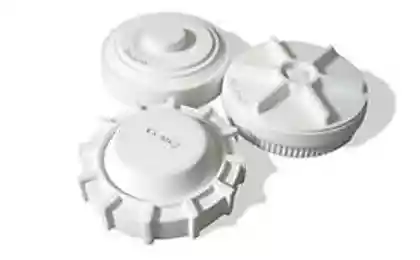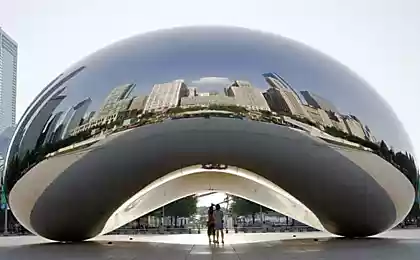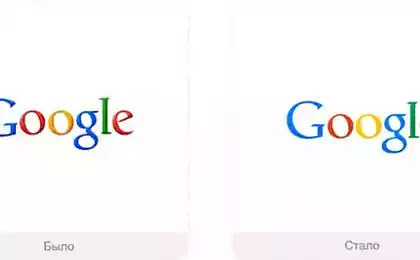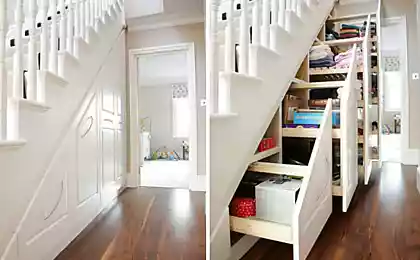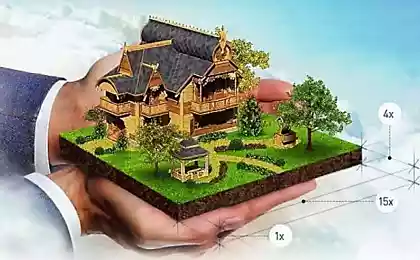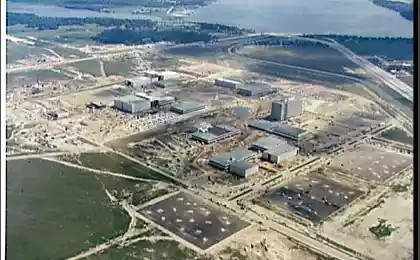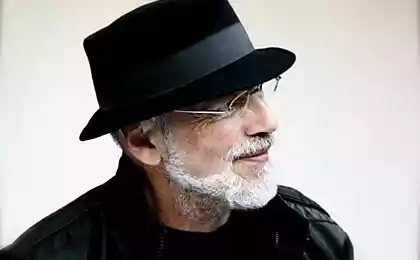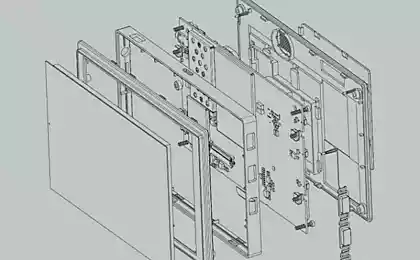525
Sustainable construction by Vitruvius
The famous triad of Vitruvius – firmitas (strength), utilitas (utility) and venustas (beauty) – is the most comprehensive approach to the design of buildings, which defends and promotes Christoph Achammer: Professor, technical University of Vienna, partner and Chairman of the holding company ATP Architects Engineers. On PROESTATE forum in 2015 he made a report on international experience of integrated energy-efficient solutions, but our conversation inevitably went beyond this theme.
— Professor, do you have the feeling that we so much talk about "sustainability" in architecture and construction, and not only that they ceased to understand what it was about? The concept has become too broad...
— Yes, of course. Resistance, resistant in General and sustainable architecture in particular – is today, the most well-worn term, which tries to explain and justify everything. As a result, it ceases to mean something. Wherever you look – everything is now green and sustainable. And many think that we have made some great discovery. And in fact, the principles of sustainable construction, sustainable urban development – two thousand years. You just have to turn everything from head to foot, and to grasp the essence.
Let's ask ourselves: what is good building? It is a building that well serves the needs of the people. These needs are not many, they are clear and obvious. To meet these needs is the main function and task of the architect. The Austrian architect and theorist of architecture Adolf Loos said that artists need for two types of buildings: monuments and tombstones. For all other cases, architects...
— You are talking about utilitarianism?
I'm talking about a proper integrated approach that gives excellent results. I always show my students the picture of the Rucellai Palace in Florence: it was designed by Leon Battista Alberti in the mid-fifteenth century. This building is fine, but, besides, it still serves its original purpose: it is not a Museum, not a city landmark, and a functioning office building. So, whatever rating system you got – LEED, BREEAM, DGNB and so on – if you draw through the centuries the line of the life cycle of this building with a length of 600 years without significant alterations and reconstructions, you'll see that, perhaps, is one of the most sustainable buildings in the world.
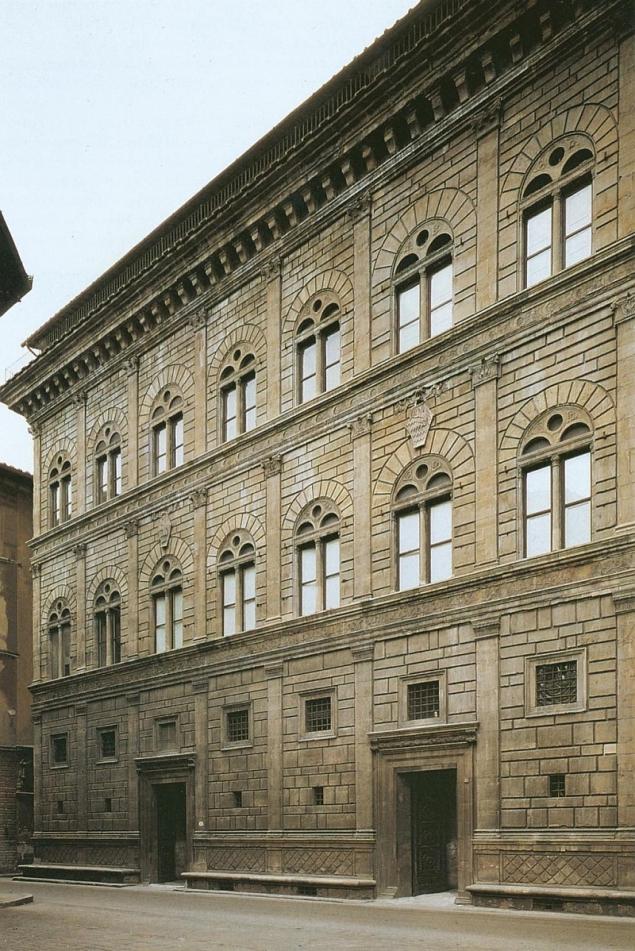
The time factor is key in determining the true sustainability of the building. He points out, the human was the author of the project at the beginning, or it was carried away by different ideas and goals.
Our approach is to follow the logic of causality. This means that if we intend to build environmentally friendly and sustainable building, all parts of its life cycle it is necessary to consider still in the design phase. If it is necessary to consider all aspects of the life cycle, requires a comprehensive design. If you want a complex design, you need appropriate tools. Need BIM.
— And the money? Isn't it more powerful factor?
— You know, today I participated in the "round table" and have heard it is absolutely amazing things, like "How much sustainability we can afford?" It's amazing. No one denies the value of the investment. But the root of the trouble is different: that the design of 95% of the buildings begins with inventing a spectacular appearance. Then comes the turn of attempts to transform the exterior of the building in its sustainable characteristics. This process of coordination and the search for compromise solutions inevitably plunges us into the ocean of technological issues. Engineering schemes, financial schemes, providers, terms. We are starting to get out. So ugly man decorates himself with all sorts of shiny ornaments and hoped that no one will know what it really is. It's not working.
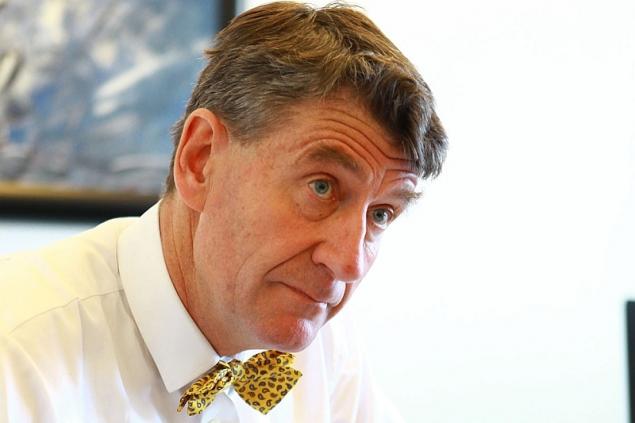
To begin it is necessary not to appearance, and with integrated sustainable solutions. The project architect is fully responsible for all. Including ideology. Therefore, we need integrators who are not repelled from the pictures, and the needs of society and all lead to a single solution: designers and engineers, and financiers, and the customer.
A key issue is the design technology subject. See, for example, how does the Dutch team UNStudio architect Ben van Berkel. I follow many of their projects, say, bus or train terminals. They begin with an analysis of the social, transport and even the economic situation in the surrounding area. As all this is associated with people living around their needs and capabilities. This understanding then corresponds to investors discussed with the future users. This is a concept that is more than a building. Of course, in the end it turns out the building. But this is a very special approach.
Yes, money matters. But if you just turn the whole process in the right direction, it will not be expensive, not at all. But the result will be qualitatively different.
— Sustainable building – sustainable territory. California, the most green (in the conceptual sense) a state in the United States according to experts. Stringent standards on carbon dioxide emissions, on energy consumption. And while the most severe drought, long-term disaster. Nature does not notice our efforts to save her?
Just California is not a sustainable state. This is a misconception. May not be a sustainable area, where no cars at all anywhere it is impossible to reach and where every house has a huge lawn, which every day have to pour hundreds of gallons of water. You can have all sorts of wonderful green building, but the whole culture, whole way of life there – not sustainable. However, the grass now there is already paint.

For six years, I am a member of ICNS, which marks the best shopping centers. And of course, the contest involved a category for the assessment of sustainability. Here measure everything from how to treat waste, save water, turn on the light, ventilate rooms. And one day we had a shopping center project in a remote area, where it was easy to build and would be located conveniently. When we discussed the level of sustainability of this center, I asked about the percentage of visitors who come here on group and public transport. If you want to have in year 20 million visitors in the Mall and not provide an alternative to the car, you will get 10-20 million trips by car. And it will kill your sustainability, no matter how elegant the building itself.
The trend is clear: people will live in cities. The city will soon collect 75% of the world population. And the city is the most sustainable mode of existence. Compactness, economy of scale. Manhattan is actually much acoustician California.
— But hurricane sandy showed the flaws of this model...
— We are learning the lessons. View: here are two green building concept. The first is a Villa worth 2 million dollars surrounded by a forest filled with all imaginable energy-saving technologies and is built of green materials. The second – municipal housing, which is constructed with low energy or even zero energy balance for families with low incomes in order to save on accounts for heat and electricity and used the money to send the kids to College or care about health. I have nothing against people with money built themselves luxurious green Villa, it's better than if he was put there at a diesel generator. But as a green architect I vote for the second variant of development as a truly sustainable and defensible in the long dimension.
I repeat: green buildings cannot be built from the exterior. The concept of long-life cycle against it.
— I don't think all this will immediately agree.
— Implementation of our principles is a constant struggle, not only in Russia. With clients, authorities, environment. Our main advantage is that we are not the architects as such. We are integrators. We work with models and designers. I have already said, we do the whole design in BIM. So much easier to show and prove to customers and partners.
But people tend caution and conservatism. Authorities including. In Austria, for example, when calculating the heat balance of the premises not permitted to include in the calculation of the heat generated by people, lighting equipment and other sources in addition to heating systems. As a result, approximately 30-40% more we build capacity for heating than necessary. In Russia the situation is the same or worse.
— However, you opened its office in Russia in 2011. Believe in the heyday of the Russian green building market?
— Is indisputable. We have already completed two project in Russia, but we are now preparing for a major breakthrough and we already have preliminary agreement with Western customers and investors planning to implementation objects on the territory of Russia. We have serious plans and intentions.published
P. S. And remember, only by changing their consumption — together we change the world! © Join us at Facebook , Vkontakte, Odnoklassniki
Source: green-city.su/%EF%BB%BFustojchivoe-stroitelstvo-po-vitruviyu/
— Professor, do you have the feeling that we so much talk about "sustainability" in architecture and construction, and not only that they ceased to understand what it was about? The concept has become too broad...
— Yes, of course. Resistance, resistant in General and sustainable architecture in particular – is today, the most well-worn term, which tries to explain and justify everything. As a result, it ceases to mean something. Wherever you look – everything is now green and sustainable. And many think that we have made some great discovery. And in fact, the principles of sustainable construction, sustainable urban development – two thousand years. You just have to turn everything from head to foot, and to grasp the essence.
Let's ask ourselves: what is good building? It is a building that well serves the needs of the people. These needs are not many, they are clear and obvious. To meet these needs is the main function and task of the architect. The Austrian architect and theorist of architecture Adolf Loos said that artists need for two types of buildings: monuments and tombstones. For all other cases, architects...
— You are talking about utilitarianism?
I'm talking about a proper integrated approach that gives excellent results. I always show my students the picture of the Rucellai Palace in Florence: it was designed by Leon Battista Alberti in the mid-fifteenth century. This building is fine, but, besides, it still serves its original purpose: it is not a Museum, not a city landmark, and a functioning office building. So, whatever rating system you got – LEED, BREEAM, DGNB and so on – if you draw through the centuries the line of the life cycle of this building with a length of 600 years without significant alterations and reconstructions, you'll see that, perhaps, is one of the most sustainable buildings in the world.

The time factor is key in determining the true sustainability of the building. He points out, the human was the author of the project at the beginning, or it was carried away by different ideas and goals.
Our approach is to follow the logic of causality. This means that if we intend to build environmentally friendly and sustainable building, all parts of its life cycle it is necessary to consider still in the design phase. If it is necessary to consider all aspects of the life cycle, requires a comprehensive design. If you want a complex design, you need appropriate tools. Need BIM.
— And the money? Isn't it more powerful factor?
— You know, today I participated in the "round table" and have heard it is absolutely amazing things, like "How much sustainability we can afford?" It's amazing. No one denies the value of the investment. But the root of the trouble is different: that the design of 95% of the buildings begins with inventing a spectacular appearance. Then comes the turn of attempts to transform the exterior of the building in its sustainable characteristics. This process of coordination and the search for compromise solutions inevitably plunges us into the ocean of technological issues. Engineering schemes, financial schemes, providers, terms. We are starting to get out. So ugly man decorates himself with all sorts of shiny ornaments and hoped that no one will know what it really is. It's not working.

To begin it is necessary not to appearance, and with integrated sustainable solutions. The project architect is fully responsible for all. Including ideology. Therefore, we need integrators who are not repelled from the pictures, and the needs of society and all lead to a single solution: designers and engineers, and financiers, and the customer.
A key issue is the design technology subject. See, for example, how does the Dutch team UNStudio architect Ben van Berkel. I follow many of their projects, say, bus or train terminals. They begin with an analysis of the social, transport and even the economic situation in the surrounding area. As all this is associated with people living around their needs and capabilities. This understanding then corresponds to investors discussed with the future users. This is a concept that is more than a building. Of course, in the end it turns out the building. But this is a very special approach.
Yes, money matters. But if you just turn the whole process in the right direction, it will not be expensive, not at all. But the result will be qualitatively different.
— Sustainable building – sustainable territory. California, the most green (in the conceptual sense) a state in the United States according to experts. Stringent standards on carbon dioxide emissions, on energy consumption. And while the most severe drought, long-term disaster. Nature does not notice our efforts to save her?
Just California is not a sustainable state. This is a misconception. May not be a sustainable area, where no cars at all anywhere it is impossible to reach and where every house has a huge lawn, which every day have to pour hundreds of gallons of water. You can have all sorts of wonderful green building, but the whole culture, whole way of life there – not sustainable. However, the grass now there is already paint.

For six years, I am a member of ICNS, which marks the best shopping centers. And of course, the contest involved a category for the assessment of sustainability. Here measure everything from how to treat waste, save water, turn on the light, ventilate rooms. And one day we had a shopping center project in a remote area, where it was easy to build and would be located conveniently. When we discussed the level of sustainability of this center, I asked about the percentage of visitors who come here on group and public transport. If you want to have in year 20 million visitors in the Mall and not provide an alternative to the car, you will get 10-20 million trips by car. And it will kill your sustainability, no matter how elegant the building itself.
The trend is clear: people will live in cities. The city will soon collect 75% of the world population. And the city is the most sustainable mode of existence. Compactness, economy of scale. Manhattan is actually much acoustician California.
— But hurricane sandy showed the flaws of this model...
— We are learning the lessons. View: here are two green building concept. The first is a Villa worth 2 million dollars surrounded by a forest filled with all imaginable energy-saving technologies and is built of green materials. The second – municipal housing, which is constructed with low energy or even zero energy balance for families with low incomes in order to save on accounts for heat and electricity and used the money to send the kids to College or care about health. I have nothing against people with money built themselves luxurious green Villa, it's better than if he was put there at a diesel generator. But as a green architect I vote for the second variant of development as a truly sustainable and defensible in the long dimension.
I repeat: green buildings cannot be built from the exterior. The concept of long-life cycle against it.
— I don't think all this will immediately agree.
— Implementation of our principles is a constant struggle, not only in Russia. With clients, authorities, environment. Our main advantage is that we are not the architects as such. We are integrators. We work with models and designers. I have already said, we do the whole design in BIM. So much easier to show and prove to customers and partners.
But people tend caution and conservatism. Authorities including. In Austria, for example, when calculating the heat balance of the premises not permitted to include in the calculation of the heat generated by people, lighting equipment and other sources in addition to heating systems. As a result, approximately 30-40% more we build capacity for heating than necessary. In Russia the situation is the same or worse.
— However, you opened its office in Russia in 2011. Believe in the heyday of the Russian green building market?
— Is indisputable. We have already completed two project in Russia, but we are now preparing for a major breakthrough and we already have preliminary agreement with Western customers and investors planning to implementation objects on the territory of Russia. We have serious plans and intentions.published
P. S. And remember, only by changing their consumption — together we change the world! © Join us at Facebook , Vkontakte, Odnoklassniki
Source: green-city.su/%EF%BB%BFustojchivoe-stroitelstvo-po-vitruviyu/
